The ’60s and ’70s were a golden era for board games. These weren’t just pastimes—they were battlegrounds where family and friends fought for bragging rights, often turning a fun evening into a fierce competition. From strategy games to word puzzles, these classics brought out everyone’s competitive side in the best (and sometimes most hilarious) ways. Let’s take a nostalgic trip through 15 board games from the era that had everyone’s inner competitor coming out in full force.
1. Monopoly
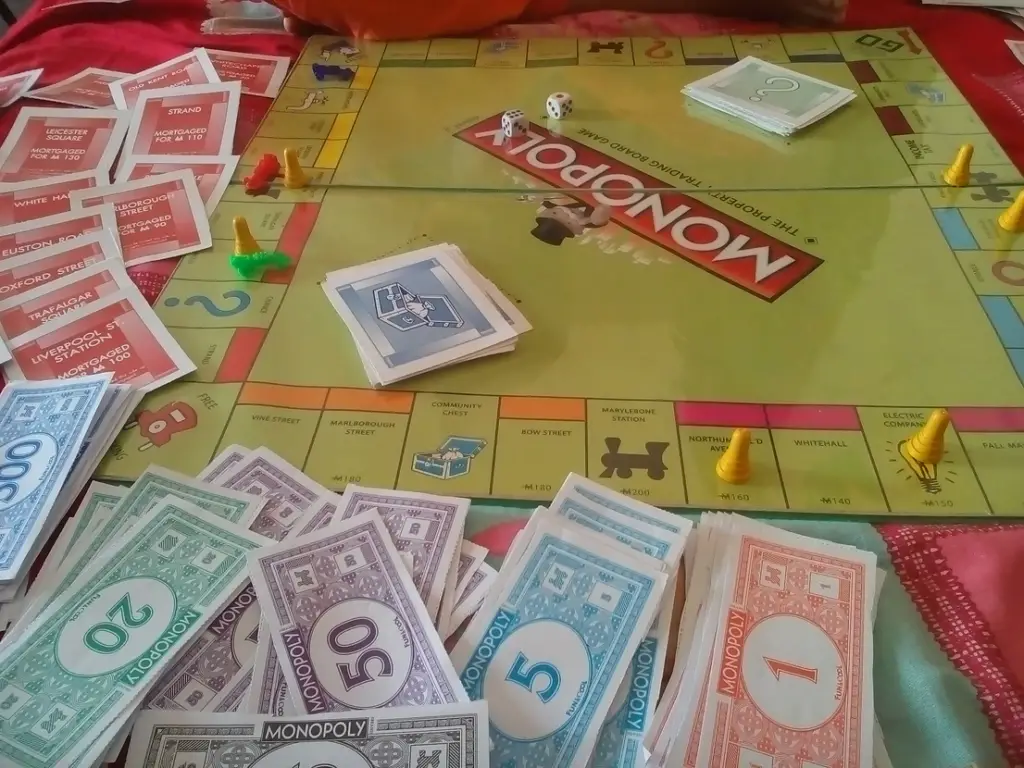
Monopoly has been causing family feuds since its invention, but in the ’60s and ’70s, it was a household staple. Hours could be spent negotiating trades, plotting financial coups, and sabotaging your opponents. Owning Boardwalk and Park Place with a row of hotels became a ruthless goal, and watching someone go bankrupt was oddly satisfying.
The combination of strategy and luck made it a game where tempers flared and alliances crumbled. From sneaky bankers to heated debates over Free Parking house rules, Monopoly turned a quiet evening into a high-stakes showdown. It’s no wonder this classic is remembered as much for the drama as it is for the fun.
2. Risk

Risk was the ultimate game for wannabe conquerors. This strategy-based game of global domination had players forming alliances, making bold attacks, and betraying friends—all in the name of world conquest. The map of territories might’ve looked innocent, but every move had the potential to spark a long-term grudge.
Players who dared to turtle up in Australia or try for the elusive North America bonus quickly became targets, and games could last well into the night. Risk wasn’t just a board game; it was a test of patience, strategy, and the strength of your friendships.
3. Scrabble

Scrabble turned the living room into a battleground for wordsmiths. While the game seemed friendly enough at first, things could quickly get heated over “dubious” words, high-scoring placements on triple-word squares, or challenges to someone’s vocabulary. Adding an “S” to someone’s word for a cheap score? Pure villainy.
In the ’60s and ’70s, Scrabble was a favorite for intellectual showdowns, where dictionaries became weapons and losing players accused others of memorizing the word list. It brought out everyone’s inner competitive spirit and left a lasting legacy as the ultimate word game.
4. Sorry!
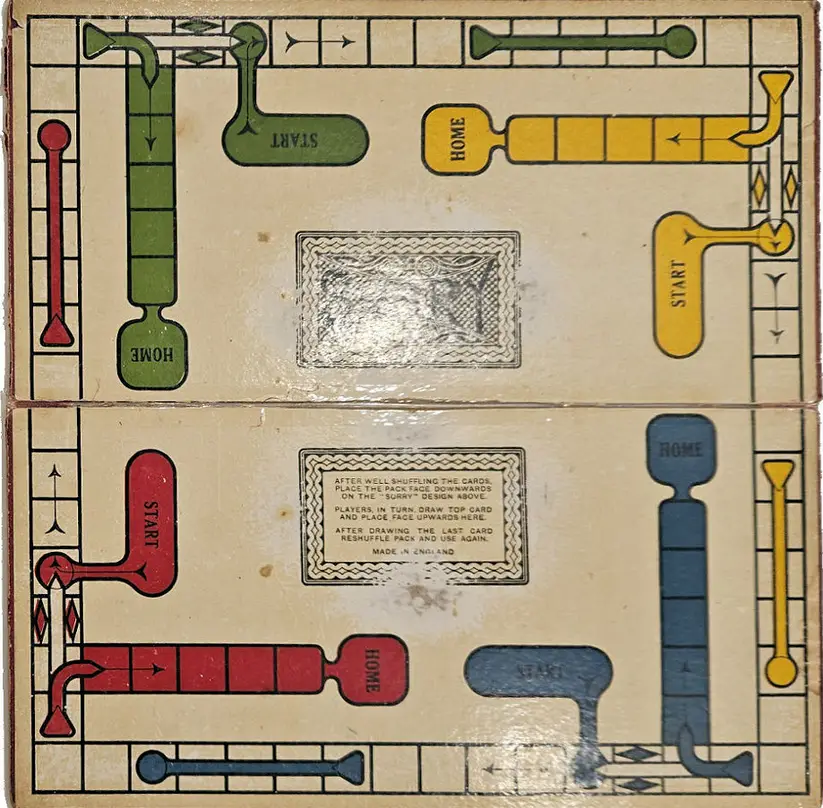
With its colorful board and simple rules, Sorry! might seem innocent, but don’t be fooled—it was cutthroat. Sending someone back to start with a well-timed “Sorry!” card was the ultimate power move, and revenge was always just a few moves away.
This game was all about timing and strategy, turning friends into rivals with every play. The bright colors and cheerful design belied the gleeful competitiveness that made Sorry! a family favorite. It was simple, satisfying, and occasionally infuriating in the best way.
5. Clue
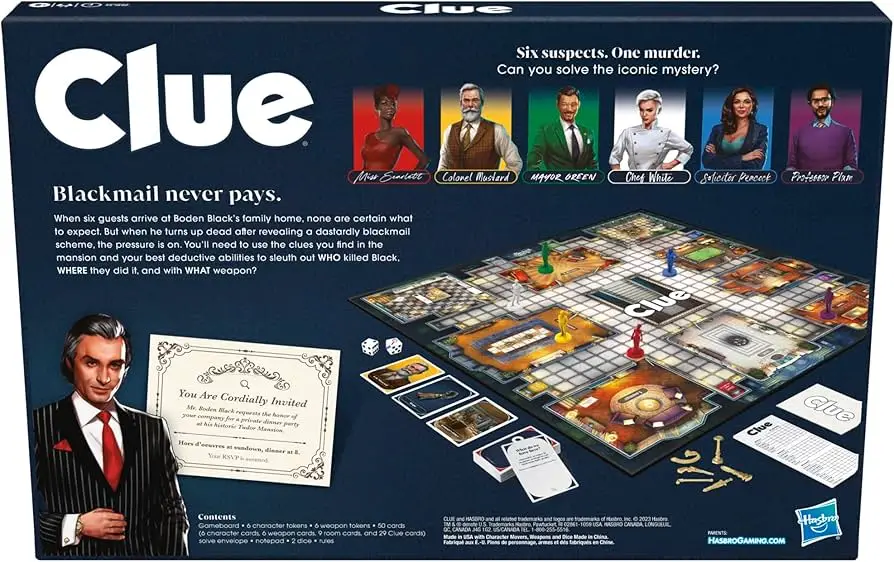
Few games sparked as much debate as Clue. Players became amateur detectives, racing to solve the crime before their opponents. Accusations flew, strategies clashed, and notes were kept under lock and key as everyone tried to outsmart one another.
The moment someone made an incorrect accusation, the room erupted in a mix of relief and schadenfreude. The game’s mix of logic and deduction ensured that competitiveness was always front and center. Whether it was Colonel Mustard in the library with the candlestick or not, Clue kept everyone on their toes.
6. Life
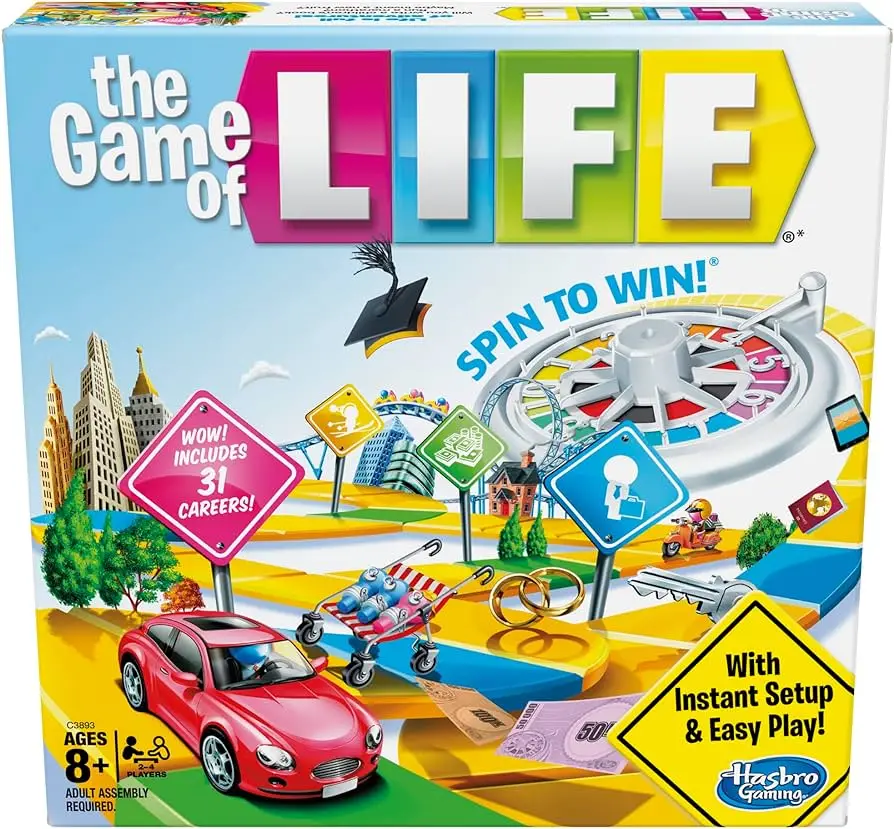
The Game of Life turned everyday milestones into a competitive journey. Players raced to get the best career, earn the most money, and retire in style. Whether you were a doctor or an artist, the goal was to leave everyone else in the dust.
Landing on the right spaces or spinning the perfect number often led to cheers or groans, and no one could resist comparing salaries or family sizes. It was all in good fun, but Life had a way of turning personal choices into serious competition.
7. Battleship
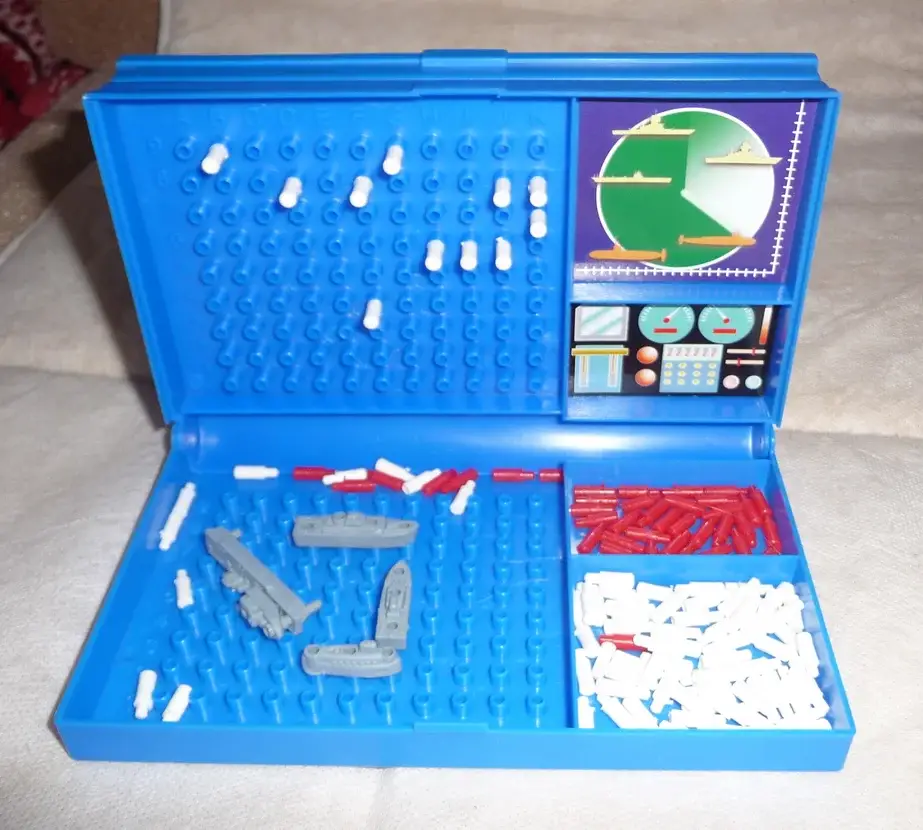
“E-5… Hit!” Few things were more satisfying than sinking an opponent’s battleship. This head-to-head game of naval warfare turned into an intense guessing game, where every wrong move brought you closer to defeat.
The clatter of pegs and the cry of “You sunk my battleship!” became iconic, and players often developed elaborate strategies to outwit their opponents. It was simple, thrilling, and surprisingly competitive for a game involving tiny plastic ships.
8. Candy Land

Even the sugary-sweet world of Candy Land could get intense when players raced to reach King Kandy first. Getting sent back to the Peppermint Forest or stuck in Molasses Swamp was the stuff of childhood heartbreak, while landing on Rainbow Trail felt like a major victory.
For such a simple game, Candy Land had a way of turning kids into fierce competitors. It was often a child’s first taste of triumph—or defeat—and those memories of winning (or losing) stayed with you.
9. Connect Four
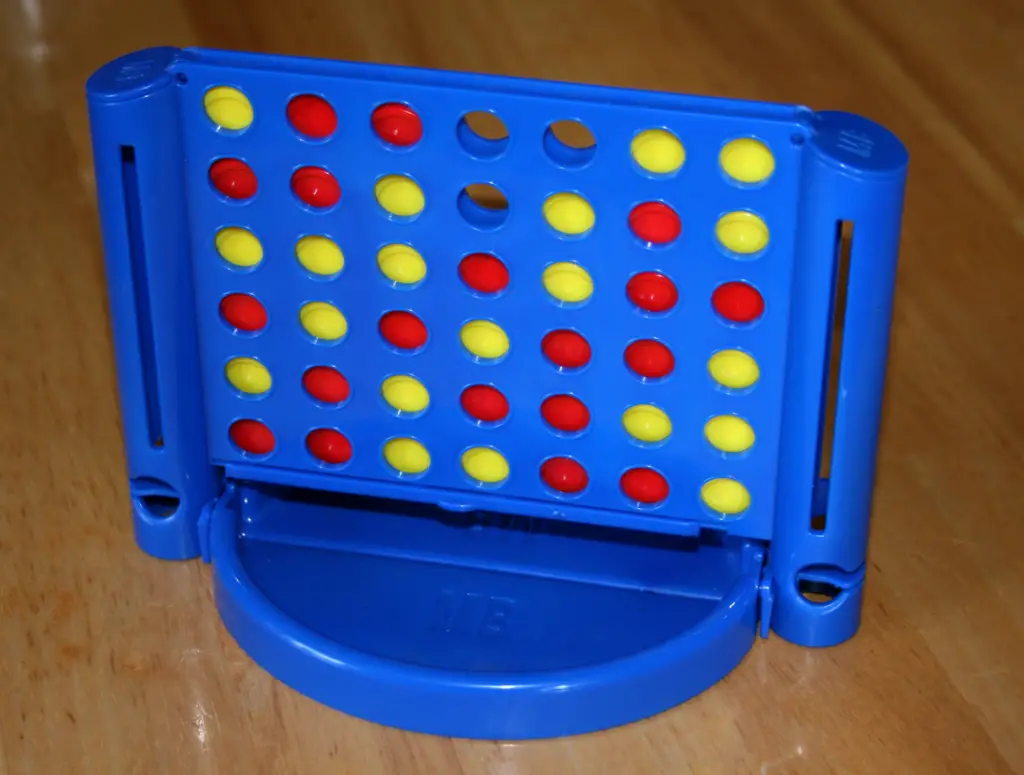
A game of Connect Four might only take a few minutes, but the competitive energy was off the charts. Players furiously dropped discs into the grid, racing to outwit each other with sneaky setups and clever blocks.
The mix of strategy and speed made it addictive, with plenty of “just one more game” moments. Those who mastered the art of diagonals became legends in their living rooms, and every victory felt like a small triumph.
10. Twister
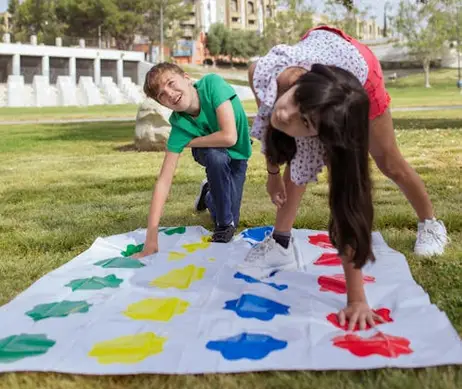
Okay, so Twister isn’t exactly a board game, but it definitely brought out the competitive side in players. Trying to keep your balance while twisting into awkward positions was half the fun—and half the battle.
As the game progressed, the laughs gave way to intense concentration, and falling over often felt like losing a championship. It was silly, chaotic, and a perfect way to turn any gathering into a showdown of flexibility and endurance.
11. Operation
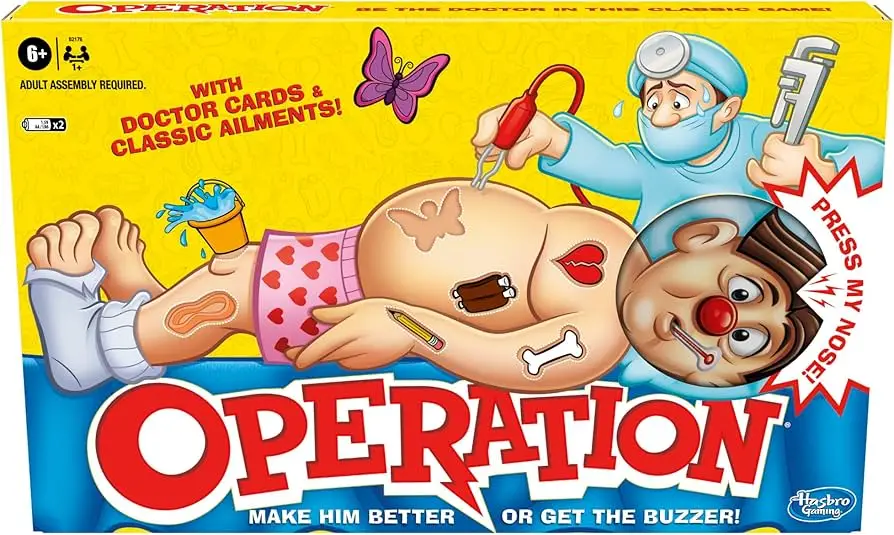
Steady hands were a must in Operation, the game that turned every mistake into a literal buzz. The goal was simple: remove the patient’s ailments without triggering the dreaded buzzer. But the tension was anything but simple.
Players who could masterfully extract the “wrenched ankle” or “funny bone” became legends, while one slip-up could turn the room into a chorus of laughter. The mix of skill and nerves made Operation one of the most competitive games of its time.
12. Trouble
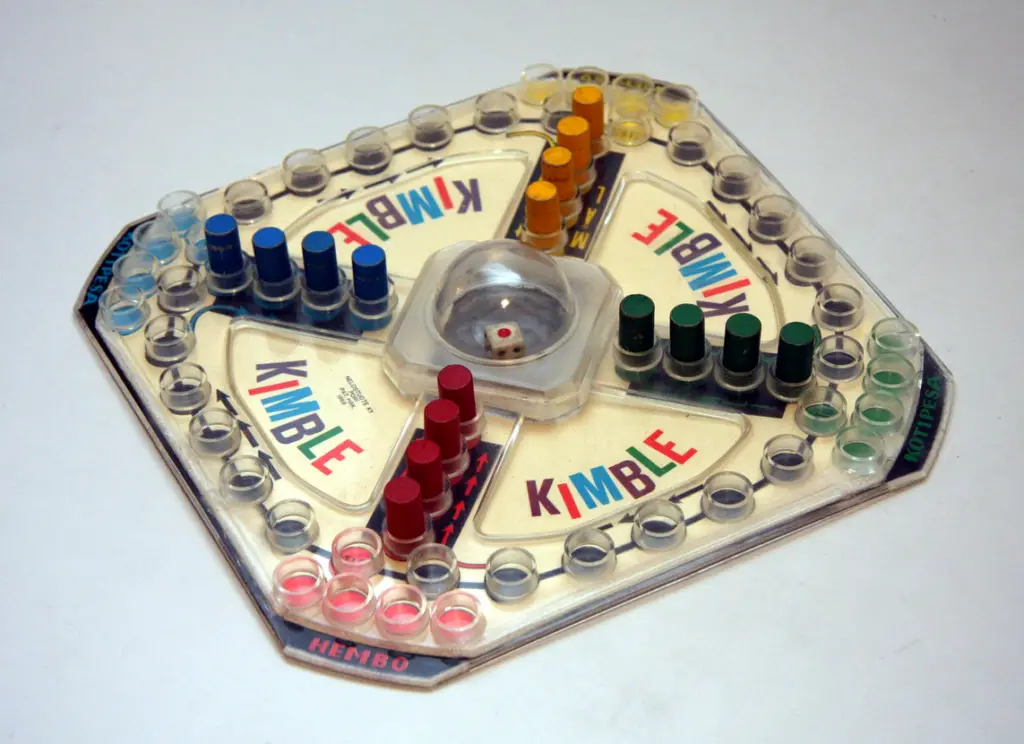
The pop of the dice in the center of the board was the heartbeat of Trouble, a game that turned every turn into a strategic challenge. Racing to get all your pieces home while sending opponents back to start created a mix of triumph and frustration.
The unique dice mechanism and straightforward gameplay made it a favorite for all ages, but don’t let its simplicity fool you—Trouble was a masterclass in competitive strategy and well-timed sabotage.
13. Mouse Trap
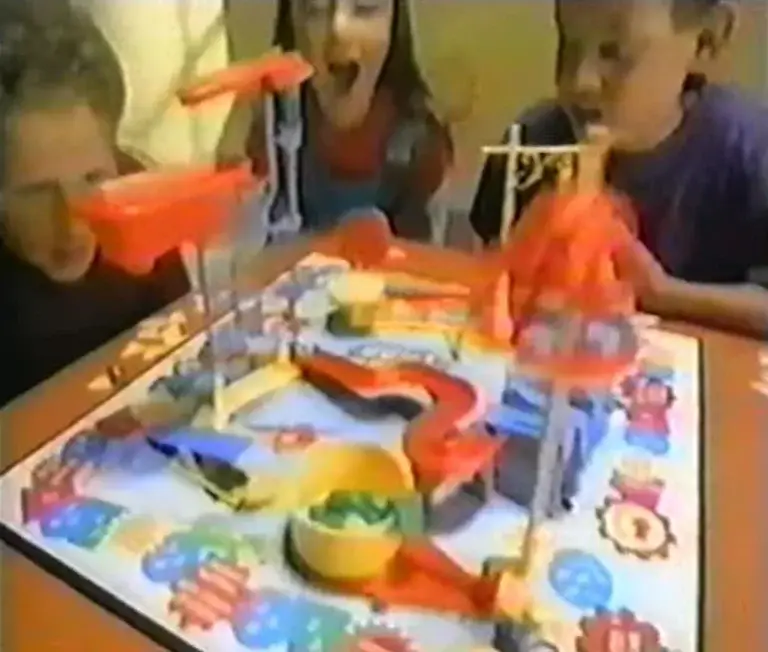
Building the Rube Goldberg-style contraption in Mouse Trap was half the fun, but triggering it to catch an opponent’s mouse? That was the real thrill. Players competed to outlast each other, carefully avoiding the trap while plotting their next move.
The game’s blend of creativity and competition made it a favorite for kids, even as the setup sometimes took longer than the actual gameplay. For anyone who loved gadgets and strategy, Mouse Trap was pure joy.
14. Yahtzee

Rolling the dice in Yahtzee wasn’t just a game—it was an event. Players cheered for their own luck while groaning at their opponents’ perfect rolls. Landing a Yahtzee (five of a kind) felt like hitting the jackpot, while missing out on a straight could ruin your day.
The combination of luck and strategy made it a game that everyone wanted to master. By the end of a round, friendships might be intact, but the competition was fierce.
15. Parcheesi
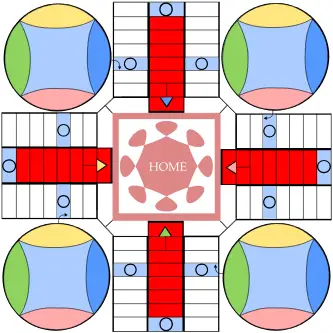
Parcheesi, with its colorful board and simple rules, was a classic that brought out everyone’s competitive streak. Racing to get your pieces home while blocking and sending opponents back to start was thrilling, and the dice rolls added an element of unpredictability.
The game’s balance of strategy and luck ensured that no two rounds were the same. It was a battle of wits and chance, making it a beloved staple of family game nights in the ’60s and ’70s.
These board games weren’t just entertainment—they were arenas where rivalries played out and champions were crowned. Each roll of the dice or flip of a card brought excitement, laughter, and maybe a little frustration. Which of these games brought out your competitive side, and are there any others you’d add to the list? Let’s remember the fun and friendly rivalries that made game nights unforgettable.


